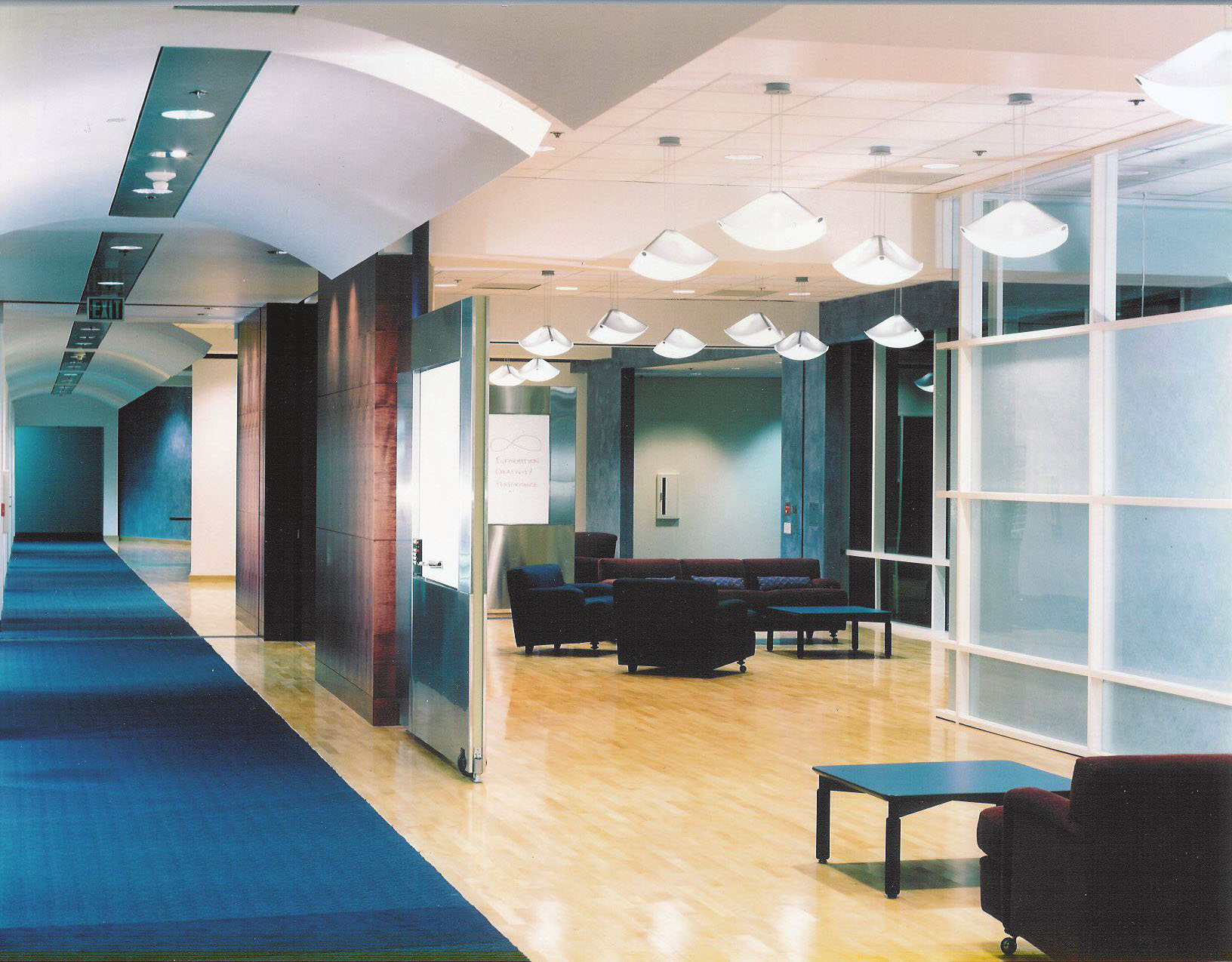 GlobeSt.com: The news about Apple Park, Apple Computer's new Cupertino headquarters, 28-million-square-foot campus that cost an estimated $5 billion and houses about 15,000 workers, has been well-documented. So has news about Apple's plans to develop another 4.1 million SF in North San Jose. A largely untold story, however, is how Apple's original headquarters in Cupertino affected not only the design of Apple Park but also laid the groundwork for many other alternative workplace plans. Robin, what role did you play? Robin Weckesser: GlobeSt.com: Who were other key players on your team? Weckesser: GlobeSt.com: What did the project consist of? Weckesser: GlobeSt.com: This project has been considered ground-breaking in the industry. In what way did you and your colleagues serve as pioneers and pave the way to future workplace transformation? Weckesser: process GlobeSt.com: Looking ahead, where do you see the industry moving in terms of workplace evolution? Weckesser: GlobeSt.com: How can project managers help companies succeed? Weckesser:
GlobeSt.com: The news about Apple Park, Apple Computer's new Cupertino headquarters, 28-million-square-foot campus that cost an estimated $5 billion and houses about 15,000 workers, has been well-documented. So has news about Apple's plans to develop another 4.1 million SF in North San Jose. A largely untold story, however, is how Apple's original headquarters in Cupertino affected not only the design of Apple Park but also laid the groundwork for many other alternative workplace plans. Robin, what role did you play? Robin Weckesser: GlobeSt.com: Who were other key players on your team? Weckesser: GlobeSt.com: What did the project consist of? Weckesser: GlobeSt.com: This project has been considered ground-breaking in the industry. In what way did you and your colleagues serve as pioneers and pave the way to future workplace transformation? Weckesser: process GlobeSt.com: Looking ahead, where do you see the industry moving in terms of workplace evolution? Weckesser: GlobeSt.com: How can project managers help companies succeed? Weckesser:© Touchpoint Markets, All Rights Reserved. Request academic re-use from www.copyright.com. All other uses, submit a request to [email protected]. For more inforrmation visit Asset & Logo Licensing.







